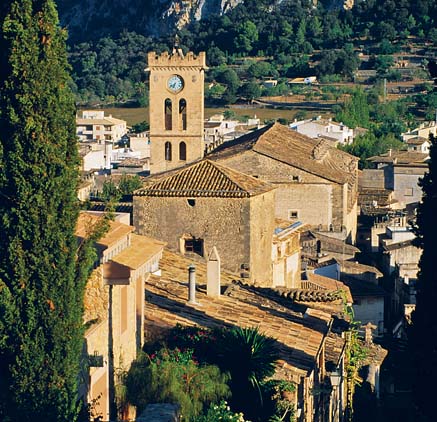GETTING THE MOST OUT OF LONELY PLANET MAPS
E-reader devices vary in their ability to show our maps. To get the most out of the maps in this guide, use the zoom function on your device. Or, visit http://media.lonelyplanet.com/ebookmaps and grab a PDF download or print out all the maps in this guide.
welcome to
Mallorca
Like a movie star settling comfortably into middle age, Mallorca has matured, wedding stunning natural beauty with an appreciation for the finer things in life without ever losing its glamour.
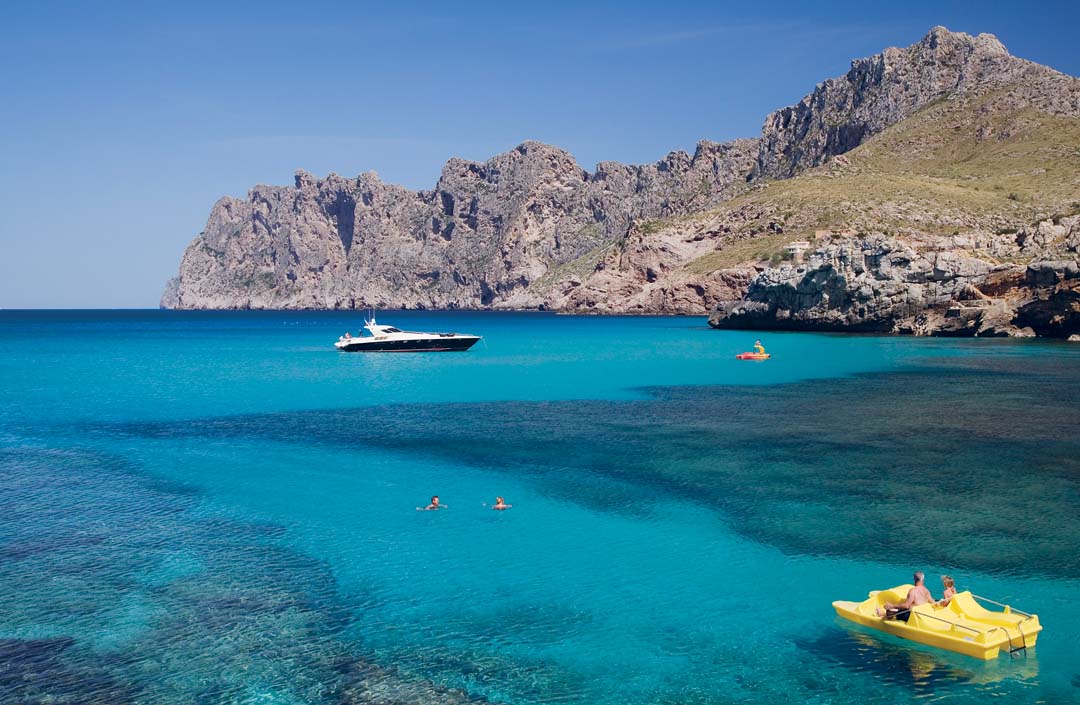
Cala Sant Vicen.
HOLGER LEUE/LONELY PLANET IMAGES
Stirring Landscapes
Contrary to what you may have heard about tourism overdevelopment on the island, Mallorca is one of the great natural destinations of the Mediterranean. Majestic limestone cliffs plunge into the translucent sapphire- and turquoise-hued waters of the Mediterranean for the length of the islands western and northern coasts. Vast plains carpeted with almonds, carobs, olives and vineyards stretch luxuriantly across the interior. And yachts drop anchor in idyllic inlets that are otherwise accessible only on foot all along the eastern and southern coasts. Wherever you find yourself, the best way to explore all of this natural splendour is under your own steam, with a fantastic portfolio of hiking and cycling trails; they range from one-day escapes from the rigours of resort life to soulful days spent traversing the Serra de Tramuntana as you move from one pretty village to the next.
Coastal Living
There are many reasons why Mallorca has become one of Europes premier summer destinations, but one ranks above all others: this is one beautiful coast. The islands resorts have colonised many lovely coves, but there are many more again that serve as reminders of why the world long ago fell in love with the islands beaches. On many of these, pine forests provide a picturesque backdrop and the space to put your towel is such as to send many other Mediterranean destinations, including on the Spanish mainland, into paroxysms of envy. But the Mallorcan summer is about so much more than beaches: Mallorca has perfected the art of coastal living, with Mallorcan food (including the freshest seafood), wine (vineyards are rarely more than an hour away) and natural attractions (ditto) at the centre of the whole experience.
Return to Tradition
All across the island, locals are returning to their cultural roots, and its one of the most exciting things to happen on Mallorca for decades. Forsaking quantity for quality, the islands old manor houses, country estates and long-abandoned farms have sprung back to life as refined rural retreats. Food is also at the heart of this revival, with the islands chefs inspired as much by their Mallorquin grandmothers as by the innovative trends of Mediterranean nouvelle cuisine revitalising the mainstays of the Mallorcan kitchen. Spending at least a part of your holiday in such a supremely comfortable place, apart from being the ultimate in rural relaxation, will take you deep into the Mallorquin world. And like so many visitors to the island before you, youll never want to leave.
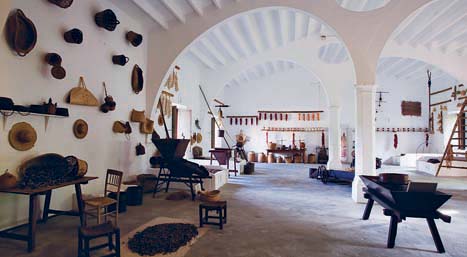
Els Calderers, Sant Joan.
HOLGER LEUE/LONELY PLANET IMAGES
Scenic drive to Sa Calobra
Mallorca has numerous candidates for the title of most breathtaking drive, from the descent to Port de Valldemossa to the sinuous road the length of Cap de Formentor. But nothing rivals the seemingly endless twists and turns from the main Ma10 down to Sa Calobra (). The hairpin bends, hewn from the rock of some weird and wonderful formations, never seem to end as the road leads down to perhaps Mallorcas most celebrated cove. Built to provide land access for tourists, it attracts them in droves, and with good reason.
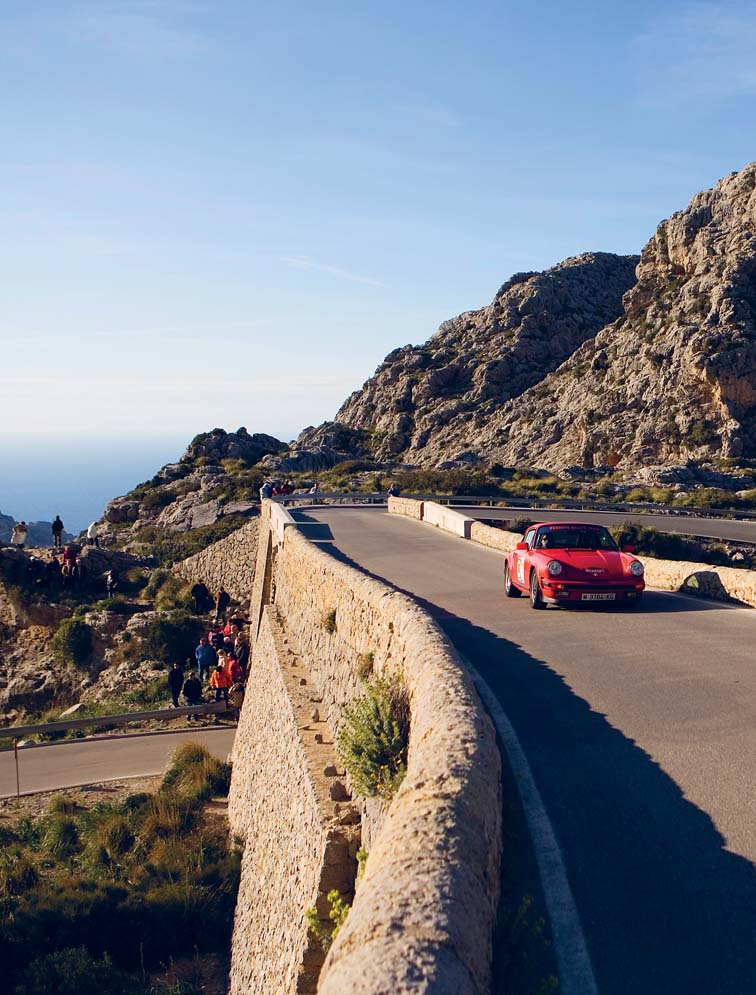
HOLGER LEUE/LONELY PLANET IMAGES
Dei
Of all the villages that cling to the western slopes of the Serra de Tramuntana, Dei () does so with the greatest charm. Its wonderfully preserved stone buildings climb the pyramid-shaped hill crowned by a church when seen from a distance against the backdrop of impossibly high mountains, the scene rivals anything Tuscany has to offer. Not surprisingly, Dei has always drawn an artsy crowd, not least among them the poet Robert Graves (whose house can be visited), while its beach at Cala de Dei is one of western Mallorcas prettiest.

HOLGER LEUE/LONELY PLANET IMAGES
Palma Catedral
Resembling a vast ship moored at the citys edge as it surveys the Mediterranean from a gentle rise, Mallorcas premier place of worship () dominates the citys skyline and is the islands most spectacular architectural treasure. On the seaward side, the flying buttresses are extraordinary, while astonishing stained-glass windows and an intriguing flight of fancy by Gaud inhabit the interior alongside a striking rendering of a biblical parable by contemporary artist Miquel Barcel. Youll find yourself returning here, either to get your bearings, or simply to gaze in wonder.
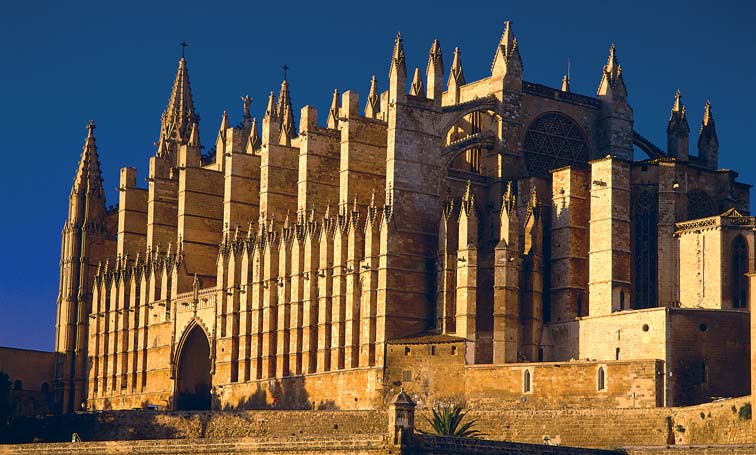
DAVID TOMLINSON/LONELY PLANET IMAGES
Biniaraix & Fornalutx
Beautiful stone-built villages appear in the foothills and valleys of the Serra de Tramuntana with anything but monotonous regularity, but the journey to reach Biniaraix () is every bit as rewarding as the villages themselves. Narrow snaking paths wind along the valley floor, passing stone walls and fields of fragrant fruit trees en route to idyllic hamlets; the former village is timeless and tranquil, the latter well aware of its beauty with fine restaurants, hotels and little shops to welcome you at journeys end.
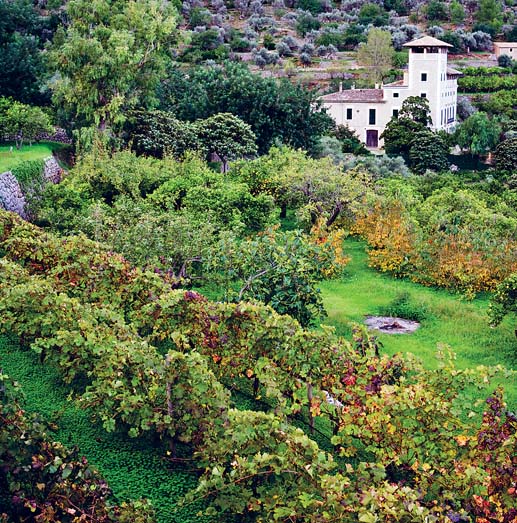
Biniaraix
HOLGER LEUE/LONELY PLANET IMAGES
Pollena
Of all the towns of the Mallorcan interior, it is Pollena () that rises above the rest. Its two hilltop sanctuaries and pilgrimage points look down on a medieval roofscape of stone and terracotta, while at ground level this city has one of the islands largest weekly markets, some lovely churches and traffic-free lanes. Youll also eat wonderfully well here, its tidy little boutiques will detain you longer than you plan and, with some outstanding hotels, most day visitors regret not having chosen the town for their northern Mallorcan base.

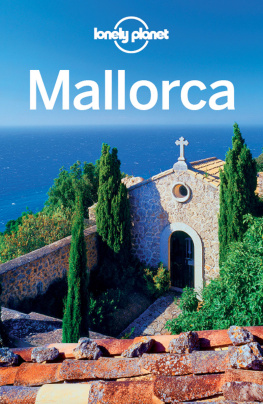

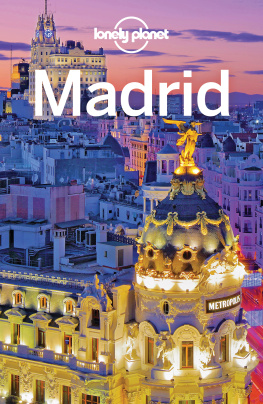

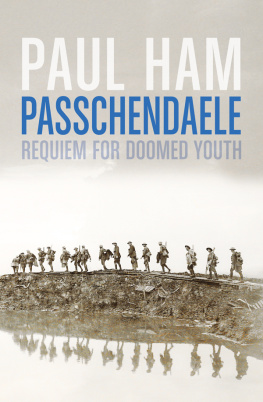
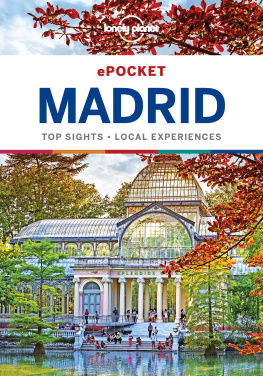

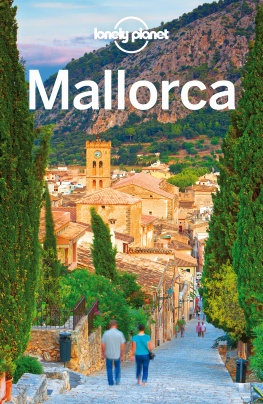

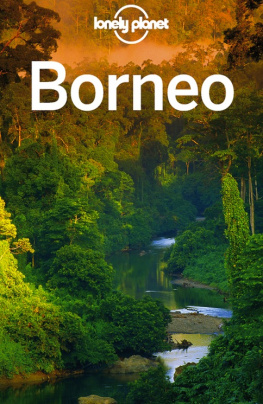
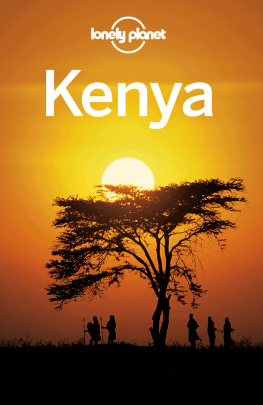
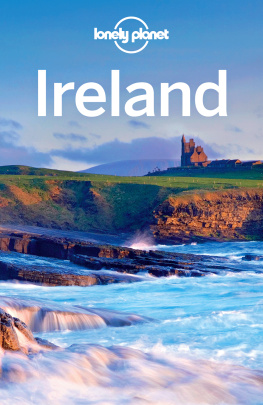
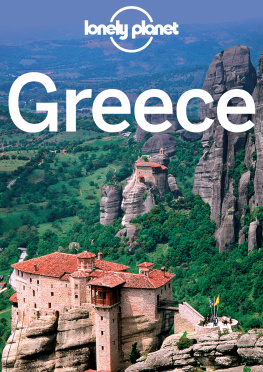
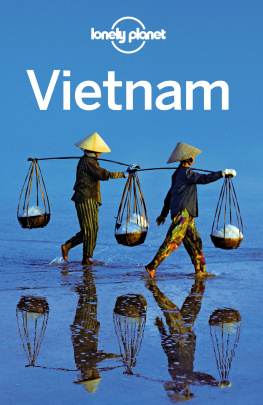

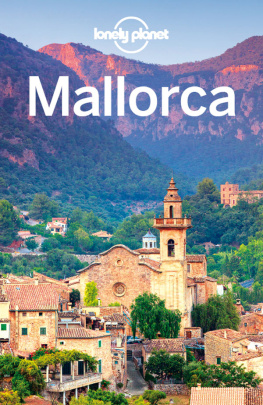

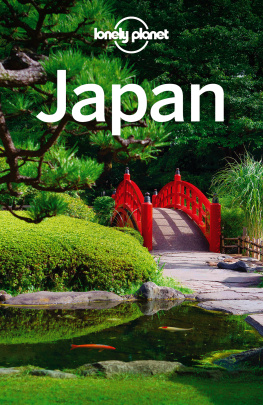

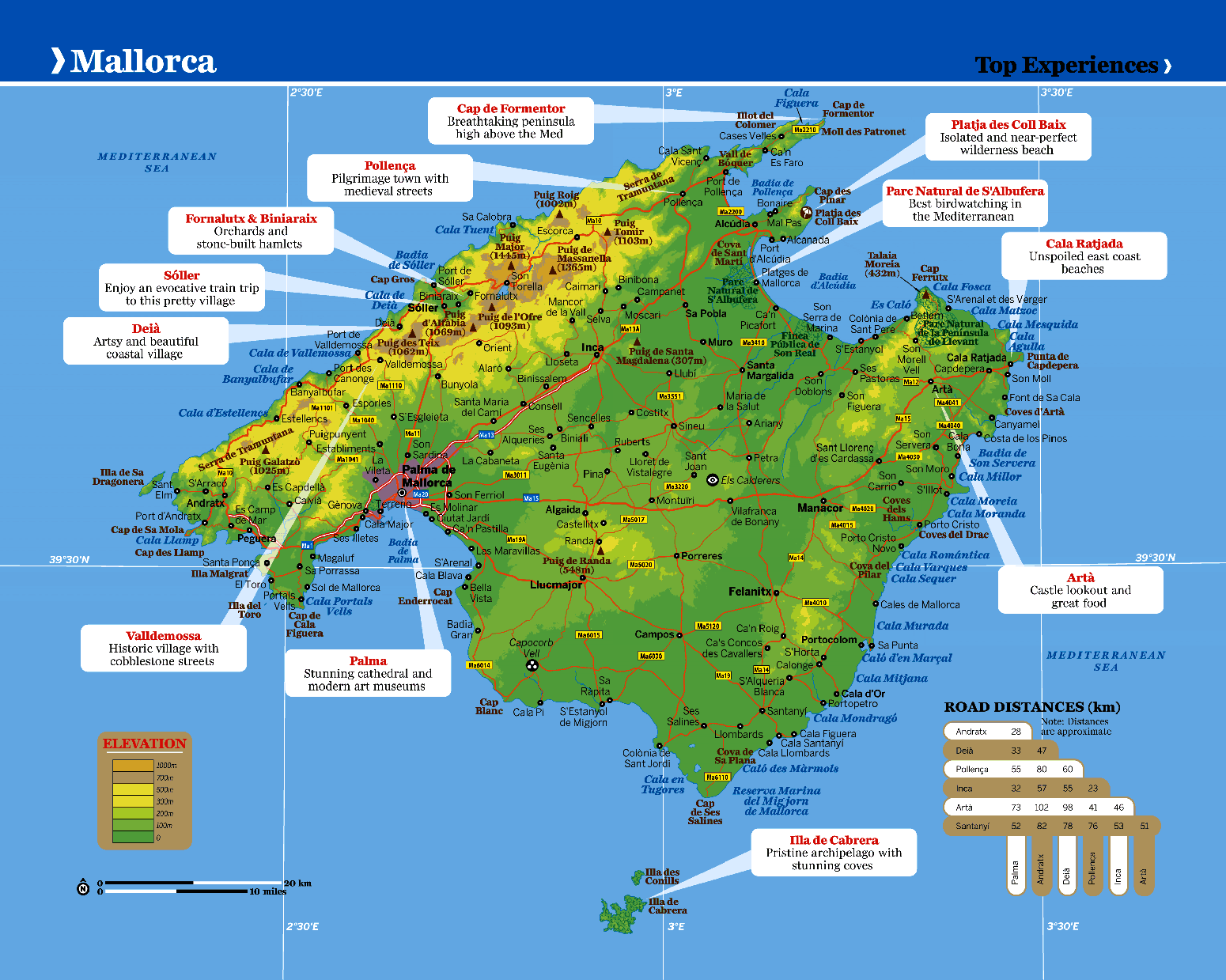

 Els Calderers, Sant Joan.
Els Calderers, Sant Joan.


 Biniaraix
Biniaraix